Telling Our Story: The New National Library of Israel
The newly opened National Library in Jerusalem, surely the most beautiful building in Israel, is not just a repository for Israeli books, documents and music, although with some 8 million items it certainly is that. It encompasses the world's largest collections of textual Judaica, Jewish and Israeli music, maps, Jewish and Islamic manuscripts, rare books, photographs, community and personal archives.
But it is also an institution that has revitalized the idea of what a library should be – open, welcoming and relevant in a digital age.
The library, both architecturally and conceptually, has been meticulously planned to be available to all. You don't have to be a PhD student to come in, look around and enjoy its books, its historical treasures and amazing architecture. Everyone is welcome. As Director Oren Weinberg explained on a recent press tour, "We don't want this to be a place just for academics. We want it to be for Arabs, Jews, Christians, Haredim, Army reservists, young and old – everyone."
In keeping with its mission, the new building and its exhibits and functions are not only user- friendly but also relevant to the issues of the day.
Nothing could be more relevant than the way the National Library is grappling with the catastrophe that befell us on October 7.
In an almost unbearably sad installation, dozens of chairs are lined up in rows, each bearing the picture and name of a captured hostage in Gaza. Many similar exhibitions have been shown throughout Israel since that terrible day in October, but this one is different. In keeping with the fact that this is a library, each chair holds a book that represents the interest and character of the person it commemorates. A tiny chair, for example, bears a children's book titled "Mummy and Me" in Hebrew. It represents Ariel Bibas, captured with his mother. Beside it is an even smaller chair for his brother Kfir, with a classic book by Lea Goldberg.
After years of planning and construction, the gala opening of the library was scheduled for October 17 with the opening to the public on October 22. What to do? The country was in mourning.
"We decided it was important to open," said Weinberg, and so it did, only a week later than originally scheduled.
But it was also important to record what had happened and to serve as a memory and database for everything that could be found related to the tragedy, both in Israel and in Jewish communities overseas. Two days after October 7, the decision was made to collect and electronically document testimony. That includes documents, items from the internet, filmed testimony of survivors and witnesses and even the terrorists themselves as well as eulogies, poems, songs, social media and more
The Israeli Civil Administration has already transferred about 200,000 photos and videos collected by its operations room to the library to be preserved for future generations and more than 400 people are working on this project, in collaboration with organizations from all over the world.
A digital wall commemorates those who lost their lives or were captured. It has some 1200 pictures of people, arranged by date of their death and by family. The plan is to install a digital guide with headphones, so that it will be possible to find the record of a particular person
Even the previous home of the National Library, on the Givat Ram Campus of Hebrew University, is involved. It is serving as a school for hundreds of children from the town of Shlomi, who were forced to leave their homes as a result of the war.
Stunning Architecture
The new building itself, apart from its contents, is an architectural marvel and a must-see. (Guided tours are offered although they are booked up quite far in advance.) Previously housed on the campus of Hebrew University, the eleven story, 46,000 square meter structure, now stands right across from the Knesset and the Israel Museum.
Every detail has been meticulously planned by the prestigious Swiss firm Herzog & de Meuron, whose projects around the world have included the Tate Modern in London and Beijing National Stadium. The cost was some NIS900 million, and worth every shekel.
The first impression of the library is its distinctive curved roof in the form of a trapezoid with raised corners. My first irreverent thought was that it looks like a ski slope, but no, the roof is meant to reference an open book or a scroll, of which there are many in the library's collection.
The carved stone pieces used in the exterior walls were quarried at Mitzpeh Ramon and cast in concrete mix to echo the warm color of Jerusalem stone. Their clover shapes represent the 16th century Bunting Clover Leaf Map, which is stored in the library and shows the world as a clover leaf with Jerusalem as its center.
Inside, a massive reading room dominates the central space. Designed in the shape of a descending cone, it has three spiraling floors topped by a massive circular skylight. Books are shelved around the perimeter, with seats for 600 in the center.
On a lower level, a plush, carpeted reading room for rare books was designed to look like a classic European library. Weinberg pointed out that although there are security elements in place, anyone, even a high schooler, can make an appointment to see these priceless books (but they can forget their pens; only pencils allowed.)
The remainder of the books are in storage in a multi-story area kept low in oxygen, to prevent spreading in case of fire. If people want to enter this area, they have to wear special oxygen masks, but people rarely do, since it is serviced automatically by a computerized retrieval system. You can watch the process through a glass window while the book you want is fetched by the robotic system which runs around the rows and pulls out the box containing the desired book. In under 10 minutes, the book is ready for collection.
Also in the new building are a 480-seat indoor auditorium, a visitor center presenting the library experience through an interactive 20-meter-long screen; an education center offering activities for school and community groups and families; study rooms and a synagogue, as well as prayer space for other religions. Soon to be added are a restaurant and book shop.
Outside, there is no fence around the museum, in keeping with its philosophy of openness. The extensive gardens function as a public space, with at its center a stone sculpture by Micha Ullman, "Letters of Light" based on ancient Kabbalistic text, with letters in Hebrew, Arabic and Latin some 2 meters high playing off light and shadow.
Precious books and documents on show
How do you tackle the challenge of allowing the public to view the library's treasures, which include a thousand-year-old Torah manuscript known as the Damascus Crown; an edition of the Mishnah with Maimonides' own handwritten corrections; a first printed edition of the Babylonian Talmud; the Rothschild Haggadah, and many more?
The solution the architects devised was "The Treasures" room where a rotating exhibition can be seen in cases covered with anti-reflective glass. To preserve and display documents special glass-fronted cabinets from Belgium have display drawers which are pulled out digitally by pressing a button next to the text. In this way, one can see from up close the handwritten notes of Agnon, Hannah Szenes, Lea Goldberg, Naomi Shemer, and Stefan Zweig, among others.
There is much, much more, including a library of sound and song, with music from ancient times up to songs by Arik Einstein and Naomi Shemer. Much can be accessed on-line, but I strongly recommend visiting the library in person.
More than a library, it is no less than a record of our Jewish heritage.
Opening Hours
Main Reading Hall, Sunday-Thursday 9 am – 8 pm, Friday: 9 am – 1 pm. Special Collections, 9 am – 6 pm. Sunday-Thursday. Free guided tours are held every Wednesday, with pre-registration advised. "The Treasures" exhibition paid entry, NIS 45 for adults; NIS 32 for students.



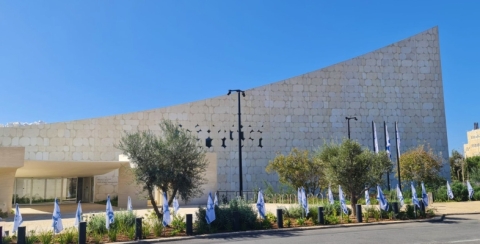
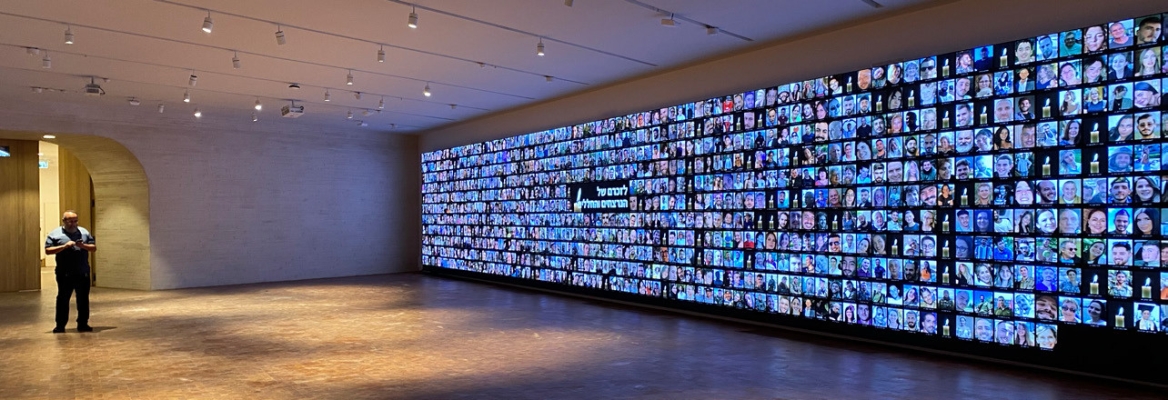
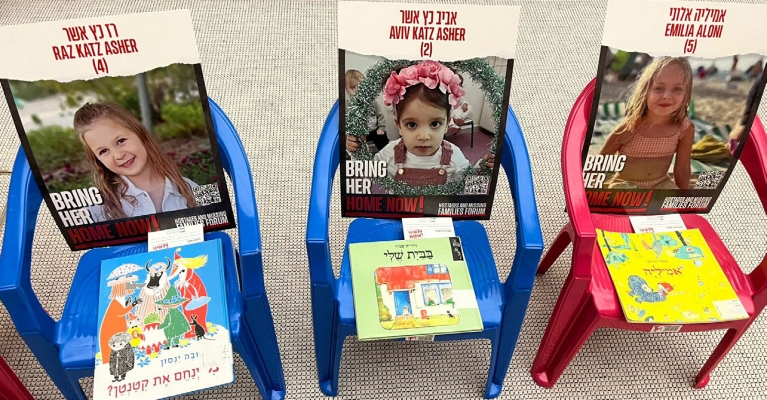
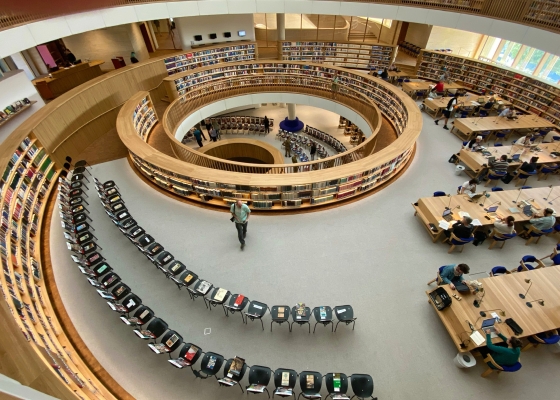
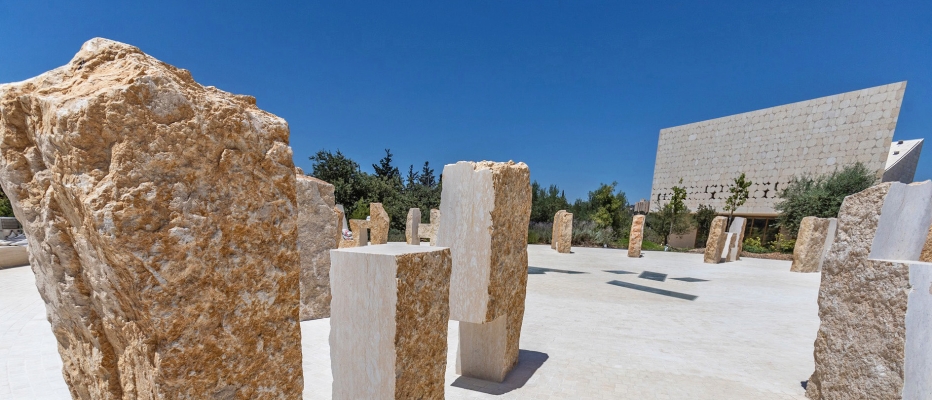




Comments